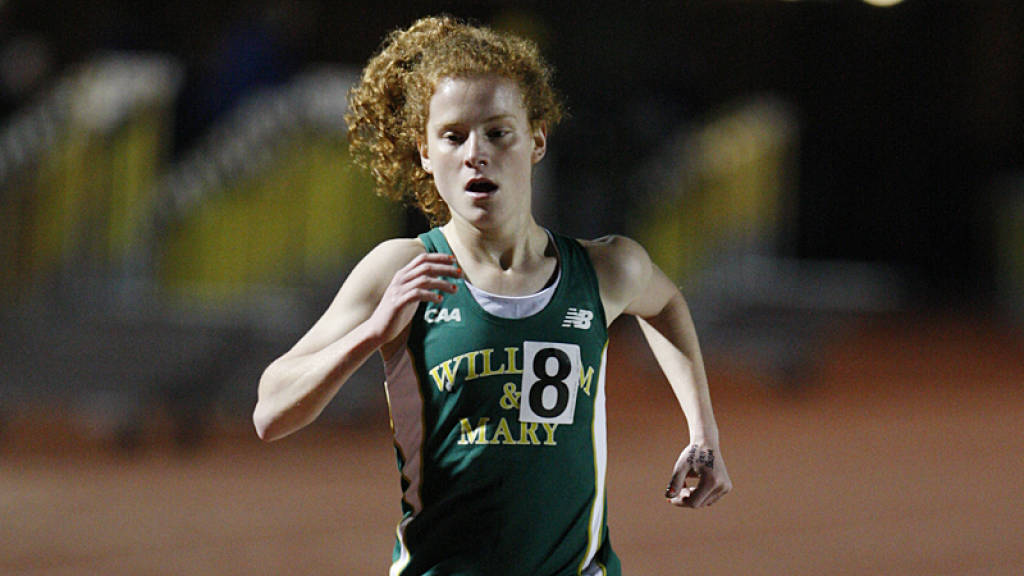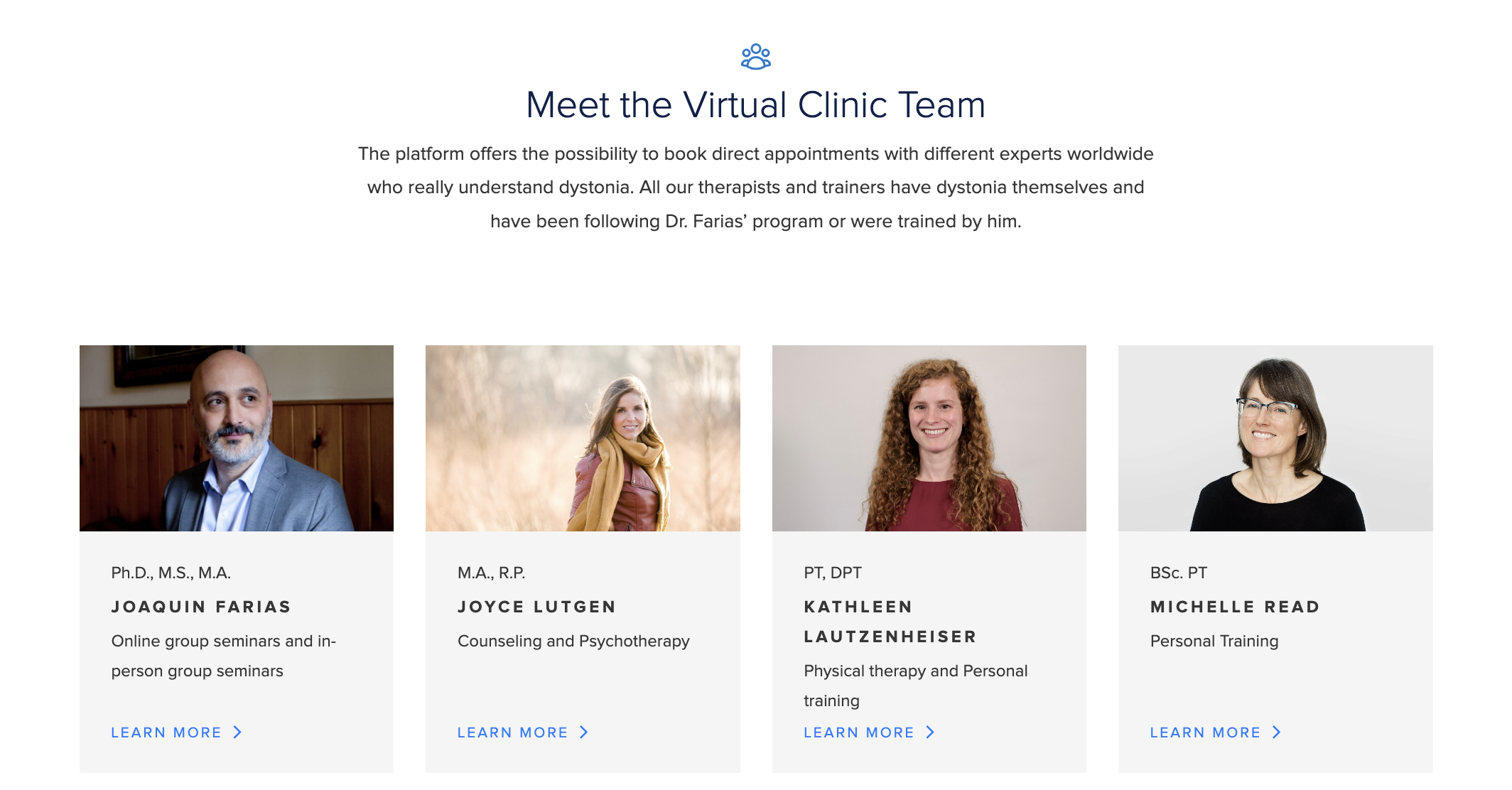My Journey with Dystonia: From Runner to Physical Therapist
My name is Kathleen Lautzenheiser, I’m an outpatient orthopaedic physical therapist, and today, I’d like to share a bit about my personal journey with dystonia, why I’m part of this incredible platform, and how physical therapy can be a powerful tool in treating dystonia, particularly with Dr. Farias’ innovative approach.
My Love for Long-Distance Running
To begin, I’ve been a long-distance runner for several years. It all started when I was in middle school, and I quickly fell in love with the sport. I competed in both cross country and track throughout high school and college and continued to train hard even after my collegiate career ended. In high school, I achieved multiple individual state championships and led my team to numerous state and national championship races. Running wasn’t just about competition for me; it was a source of pure joy. I loved pushing my body, working toward long-term goals, and bonding with fellow runners.
The Onset of Overuse Injuries
However, as I progressed through college and into grad school, I started experiencing cyclical overuse injuries, particularly stress fractures. This period of adversity, lasting about five to six years, led me to various physical therapists along the way. It was during these encounters that I realized my true calling – I wanted to be a physical therapist myself. The therapists I worked with were exceptional, helping me recover and get back to what I loved most: running.
The Unusual Symptoms
In 2017, I encountered a new challenge. While training off a stress fracture, I began to experience bizarre symptoms in my calf. I felt a strange pulling sensation in my left leg, almost as if my stride was uncoordinated. Initially, I dismissed it, thinking it might be due to tight calf muscles. There was no pain, so I didn’t see it as an urgent concern. However, this pattern persisted for weeks, leading me to consult a physician who specialised in working with distance runners.
The Journey to Dystonia Diagnosis
What followed in 2018 was a year of eliminating other conditions and searching for answers. Thanks to my background as a physical therapist, I could quickly rule out many orthopaedic and neurological conditions. I had a strong suspicion that I had dystonia, and this was later confirmed at the National Institute of Health. In December of that year, I visited Dr. Farias, a pivotal moment in my journey. It was the first time I felt a clinician truly understood dystonia, its potential for change, and the brain’s capacity to relearn proper movements. This gave me hope that I could become asymptomatic and return to running.
Continuing the Journey with Dr. Farias
Throughout my journey with dystonia I have had ups and downs but have experienced periods of distance running and competition. I have also mixed in other forms of exercise such as cycling and strength training for a well rounded approach and to prevent overuse injury. My dystonia symptoms did affect my ability to walk for a period of time, where performing my job, walking my dog, and even grocery shopping became challenging. Over some months, I was able to return to doing all of these things by using Dr. Farias’ technique. I am grateful for it!As a side, I have worked with psychologists to heal from past events in my life. I do believe that these events can take root within the complexity of our nervous system and should be addressed as well, in addition to and alongside the brain body work that Dr. Farias outlines. All of this work takes time but I believe that a holistic approach is best for recovery.
Physical Therapy for Dystonia: Dr. Farias’ Approach
Dr. Farias’ approach to treating dystonia through physical therapy is groundbreaking. It emphasises incremental task conditioning, a technique that involves a gradual transition from existing problematic movement patterns to healthier alternatives. By introducing and reinforcing positive changes step by step, this therapy aims to create sustainable improvements.
Strength Training and Repetitive Task Performance
Physical therapy for dystonia with Dr. Farias often incorporates strength training and repetitive task performance. This approach guides the brain toward adopting more desirable movement patterns. These elements enhance the brain-body connection, empowering individuals to exert greater control over muscle movements in the affected areas.
Highly Individualised Therapy
The hallmark of Dr. Farias’ therapy and physical therapy for dystonia, in general, lies in its highly individualised nature. Each treatment plan is tailored to the patient’s specific condition, preferences, and lifestyle. This personalised approach maximises the potential for successful outcomes, as it ensures seamless alignment with individual needs.
What to Expect When Working with me
My approach involves addressing deficits, improving flexibility, enhancing strength, and working on range of motion to help you achieve your long-term goals.
We’ll start with a thorough assessment of your medical history and dystonia journey, progressing to your exercises and discussing their purpose. Follow-up appointments will focus on tracking progress and ensuring proper form.
Sessions are open-ended and can cover the why and how of your exercises, ensuring you have a clear understanding. Follow-up appointments involve progressing your exercises, maintaining proper form, and providing the necessary support and accountability.
Support and Accountability
As a physical therapist I will utilise my knowledge of the body, anatomy, and biomechanics to help you navigate your dystonia journey. Sometimes, all you need is the right guidance and someone to provide structure and support.
Sometimes, all we need is a bit of accountability, and I’ve seen this firsthand with my patients. I look forward to meeting you all and being part of your journey to recovery.
Let’s get started
I look forward to meeting you all and being part of your journey to recovery.
Take care, and best wishes on your path to overcoming dystonia!
Dr. Kathleen Lautzenheiser PT, DPT
You can book a session with Dr. Lautzenheiser here:
Dystonia Recovery Program Virtual Clinic
Start your Recovery Journey Today
Join the complete online recovery program for dystonia patients.



